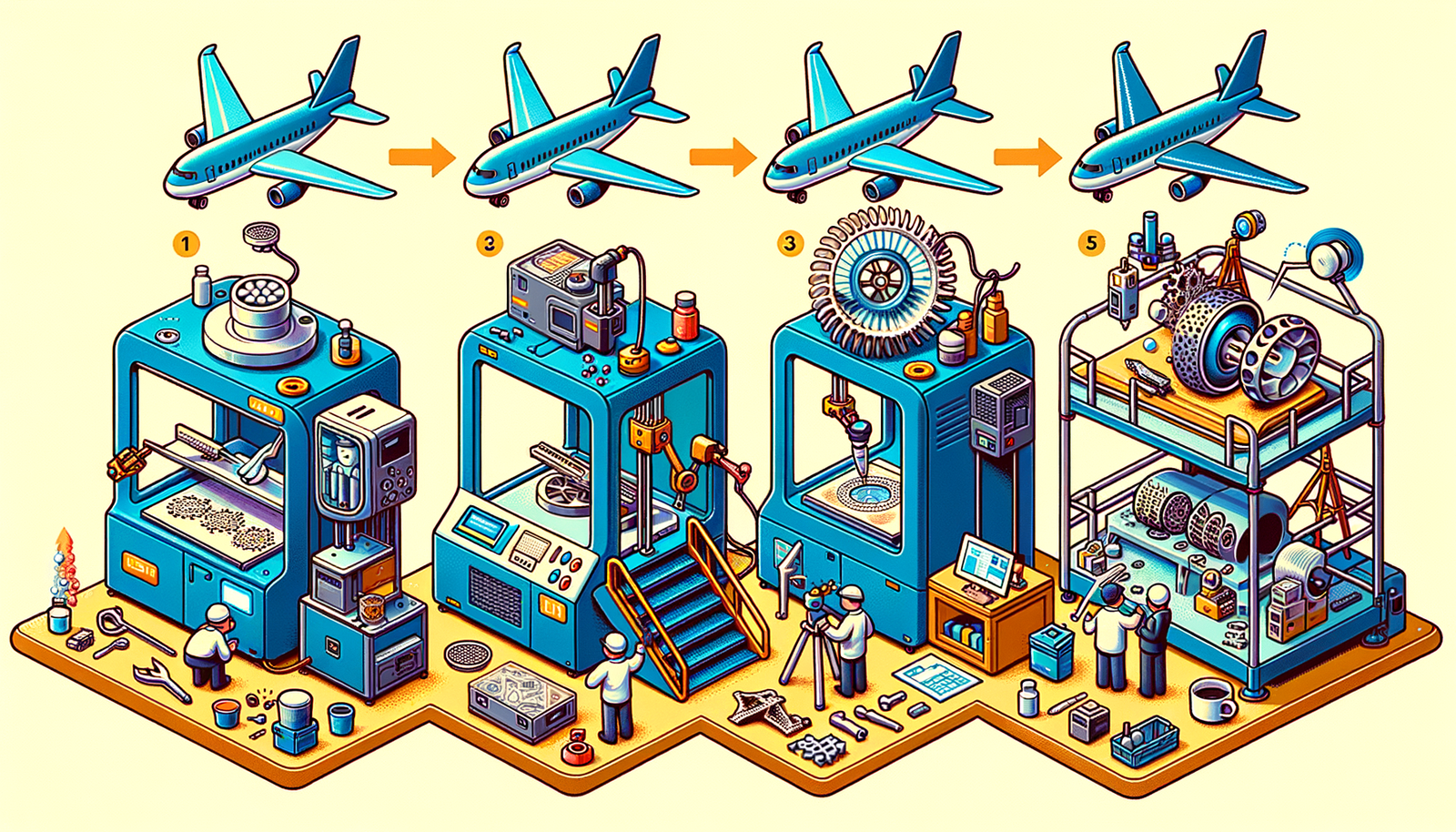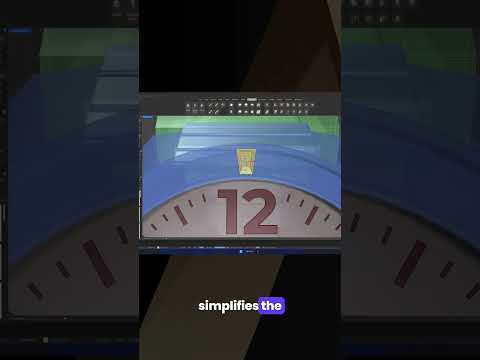Your Cart is Empty
Customer Testimonials
-
"Great customer service. The folks at Novedge were super helpful in navigating a somewhat complicated order including software upgrades and serial numbers in various stages of inactivity. They were friendly and helpful throughout the process.."
Ruben Ruckmark
"Quick & very helpful. We have been using Novedge for years and are very happy with their quick service when we need to make a purchase and excellent support resolving any issues."
Will Woodson
"Scott is the best. He reminds me about subscriptions dates, guides me in the correct direction for updates. He always responds promptly to me. He is literally the reason I continue to work with Novedge and will do so in the future."
Edward Mchugh
"Calvin Lok is “the man”. After my purchase of Sketchup 2021, he called me and provided step-by-step instructions to ease me through difficulties I was having with the setup of my new software."
Mike Borzage
Evolving Typography Design Software: Bridging Text and Experience Through Innovation
July 22, 2024 2 min read


The Evolution of Typography Design Software: From Text to Experience
Introduction to Typography in Design
Typography, the art and technique of arranging type, has been pivotal in the communication of ideas throughout history. From the early days of movable type to the digital age, typography's role in design has evolved significantly. Initially, software solutions for typography were limited, focusing mainly on font creation and layout. These early tools provided designers with the basics but lacked flexibility and creativity. The importance of typography in user experience (UX) and brand identity cannot be overstated. It's not just about making words legible; it's about conveying emotion, personality, and purpose.
Revolutionary Changes in Typography Software
The landscape of typography design software has witnessed a paradigm shift. From basic font editors, we have moved to comprehensive design suites that offer extensive typographic controls and integration with other design tools. An important development has been the introduction of dynamic and responsive typography capabilities. This advancement is particularly relevant in the context of web and app design, where adaptability across devices enhances the user experience.
The integration of AI and machine learning marks another significant milestone. These technologies have paved the way for automating font creation and optimization, making sophisticated typography more accessible to designers. Furthermore, the rise of open-source projects has played a critical role in democratizing typography design tools, allowing a broader range of creators to contribute to and benefit from advancements in the field.
Impact of Advanced Typography Tools on Design and Communication
With the advent of advanced typography tools, designers have been afforded unprecedented levels of creativity and experimentation. The introduction of variable fonts and dynamic text has opened up new possibilities for engaging and adaptive designs. These innovations have not only transformed brand identities but have also significantly improved readability and accessibility in digital content. Smart typography solutions are increasingly being recognized for their ability to enhance user engagement and influence content consumption patterns.
- Enhanced creativity and experimentation with variable fonts and dynamic text
- Improving readability and accessibility in digital content through smart typography solutions
- The influence of typography on user engagement and content consumption patterns
The Future of Typography Design Software
The future of typography design software is poised for further innovation, with several exciting developments on the horizon. One of the most anticipated advancements is the integration of virtual reality (VR) and augmented reality (AR) into typography design. This could revolutionize how we experience text, offering a more immersive and interactive form of communication.
Additionally, the potential for real-time collaboration and cloud-based typography platforms suggests a move towards more flexible and accessible design workflows. Sustainability is also becoming a key consideration, with a focus on reducing the digital footprint of font design. As we look forward, it's clear that typography will continue to play a crucial role in shaping digital experiences, with ongoing innovations in software driving the evolution of text into a more dynamic and engaging element of design.
- Predictions on the integration of VR and AR in typography design
- The potential for real-time collaboration and cloud-based typography platforms
- The ongoing importance of sustainability in font design
Also in Design News

Design Software History: The Evolution of 3D Printing in Aerospace: From Prototyping to Production
November 27, 2024 7 min read
Read More
Cinema 4D Tip: Optimizing Workflow with Team Render in Cinema 4D
November 27, 2024 2 min read
Read MoreSubscribe
Sign up to get the latest on sales, new releases and more …



